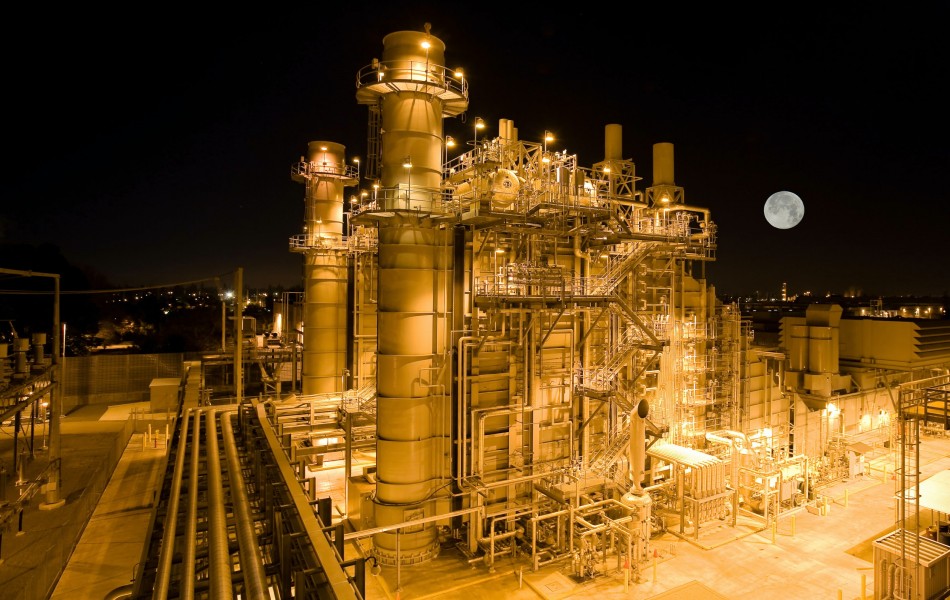In May 2020, the International Accounting Standards Board issued an amendment to IAS 16 Property, Plant and Equipment (PPE).
The amendment seeks to clarify the way entities should account for the proceeds from sale, and the related production costs, of items produced by the relevant plant or equipment prior to it being available for its intended use.
Background
The issue was initially raised with the IFRS Interpretations Committee that had originally intended to develop an interpretation of IAS 16 Property, Plant and Equipment to deal with it. However, during the course of discussions the Committee concluded that a narrow-scope amendment to IAS 16 would be a better solution. The IASB developed an exposure draft published in 2017 and has now finalised the amendments.
Changes
Property, Plant and Equipment — Proceeds before Intended Use (Amendments to IAS 16) amends the standard to prohibit deducting from the cost of an item of property, plant and equipment any proceeds from selling items produced while bringing that asset to the location and condition necessary for it to be capable of operating in the manner intended by management. Instead, an entity recognises the proceeds from selling such items, and the cost of producing those items, in profit or loss.
The cost of an item of PPE recognised in the balance sheet includes the costs of testing the asset prior to it being available for its intended use. Before the amendment, incidental income from operating the asset whilst bringing it into use, such as from the sale of samples produced during testing, is deducted from the cost of the asset. In practice, entities have applied this in different ways, with some deducting only the proceeds from selling items produced while testing, with others deducting the proceeds of all sales until an asset was available for use. Furthermore, questions have arisen around the precise definition of ‘testing’.
To address this, the amendment to IAS 16 requires that sales proceeds recognised before the related item of PPE is available for use are recognised in profit or loss together with the costs associated with the items sold, rather than by adjusting the cost of the item of PPE. The cost of the items sold is derived by applying the allocation and measurement requirements of IAS 2 Inventories. Disclosure of the amount of the proceeds and corresponding cost is required, along with details of the income statement line item in which they are included (if not already separately disclosed under IFRS 15).
The revisions to the standard also clarify that testing means, “assessing whether the technical and physical performance of the asset is such that it is capable of being used in the production or supply of goods or services, for rental to others, or for administrative purposes”.
What does this mean for your company’s financial statements?
Under the amendments, proceeds from selling items before the related item of PPE is available for use should be recognised in profit or loss together with the costs associated with that item of PPE in accordance with IFRS 15 Revenue from Contracts with Customers and IAS 2 Inventories respectively.
In applying the amendments companies will need to distinguish between:
- costs associated with producing and selling items before the item of PPE is available for use; and
- costs associated with making the item of PPE available for its intended use.
Making this allocation of costs may require significant estimation and judgement. Companies will need to determine what is normal capacity in order to allocate costs to the items produced and sold. Because the asset is still being constructed, companies may not be able to readily determine the asset’s normal capacity or a relevant production measure in order to cost the output produced.
Effective date and transition
The amendment to IAS 16 is effective for periods commencing on or after 1 January 2022.
The financial years ending 31 December 2022 will be the first to be affected by this change; early application is permitted. The amended standard must be applied retrospectively to the earliest period presented in the financial statements – so comparatives would need to be restated - although it would only need to be applied to PPE that had become available for use after the start of the earliest period presented.
In practice, companies may find the application of the new requirement challenging, particularly in industries such as mining, where machinery and equipment may be subject to a lengthy testing period. In applying IAS 2, it will be necessary to estimate cost allocation between costs associated with producing and selling of items and cost associated with the making the item of PPE available for its intended use, which may require the exercise of judgement, and in some cases companies may not currently have reliable or sufficient data on which to base this judgement.
To learn more about the accounting for Property, Plant and Equipment, please contact us.


